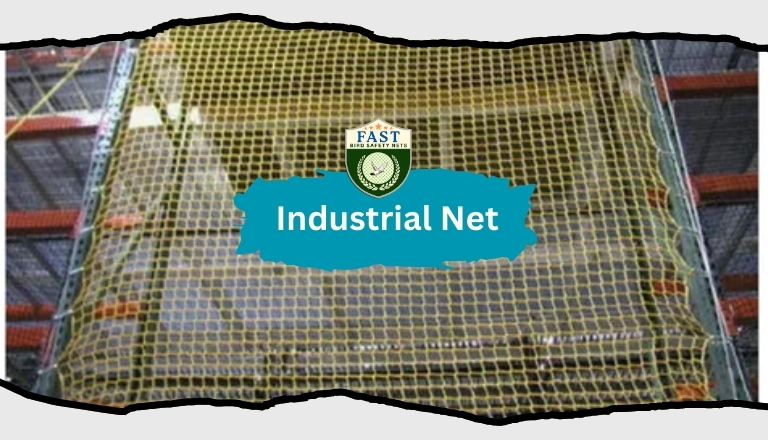Industrial safety nets play a crucial role in safeguarding workers, equipment, and the environment in various industrial settings. Understanding their importance, along with their key factors and applications, is essential for ensuring a safe working environment.
1. Enhancing Workplace Safety
Industrial safety nets serve as a vital component of workplace safety measures. They provide a reliable barrier against falls from heights, helping to prevent accidents and injuries among workers. By creating a protective barrier around elevated work areas, safety nets minimize the risk of falls and mitigate potential hazards associated with working at height.
2. Factors Contributing to Effectiveness
Several factors contribute to the effectiveness of industrial safety nets:
- Material Quality: High-quality materials such as polyethylene or nylon ensure durability and strength, offering reliable protection against falls.
- Mesh Size: Optimal mesh size prevents workers or objects from slipping through while allowing sufficient airflow and visibility.
- Installation: Proper installation by trained professionals ensures the safety nets are securely anchored and capable of withstanding potential loads.
- Maintenance: Regular inspection and maintenance help identify any wear and tear, ensuring the safety nets remain in optimal condition for continued protection.

3. Applications in Various Industries
Industrial safety nets find applications across a wide range of industries:
Food Industry:
In the food industry, maintaining high standards of hygiene and safety is paramount to prevent contamination and ensure consumer well-being. Industrial safety nets play a crucial role in this sector by addressing specific challenges related to bird infestation and slippery surfaces caused by droppings.
Bird Control: Bird droppings pose significant health hazards in food processing and storage facilities, as they can contaminate food products and surfaces. Industrial safety nets provide an effective solution by creating a physical barrier that prevents birds from accessing sensitive areas such as production lines, storage facilities, and outdoor dining areas. By keeping birds at bay, safety nets help mitigate the risk of foodborne illnesses and uphold hygiene standards in compliance with regulatory requirements.
Slippery Surface Prevention: Bird droppings not only pose health risks but also create slippery surfaces that increase the likelihood of slips, trips, and falls among workers. Safety nets help address this issue by containing bird activity and minimizing the accumulation of droppings on floors and walkways. By reducing the presence of slippery surfaces, safety nets contribute to a safer working environment, thereby reducing the risk of workplace injuries and improving overall productivity.
Construction:
Safety nets are indispensable on construction sites, where workers frequently operate at elevated heights. By providing a reliable barrier against falls, safety nets protect workers from serious injuries and fatalities, ensuring compliance with occupational safety regulations and promoting a culture of safety in the construction industry.
Manufacturing:
In manufacturing facilities, safety nets serve to prevent accidents caused by falling objects. By installing safety nets strategically, manufacturers can safeguard both employees and equipment, minimizing the risk of injuries and production downtime due to damage to machinery or materials.
Warehousing:
Safety nets play a crucial role in warehouses by securing stacked goods and preventing them from collapsing. By ensuring the stability of stacked inventory, safety nets create a safe working environment for warehouse personnel, reducing the risk of injuries and product damage.
Transportation:
Safety nets are essential in the transportation industry for securing cargo during transit. By preventing shifting or falling loads, safety nets minimize the risk of accidents on the road, protecting both drivers and other road users while ensuring the safe delivery of goods.
Incorporating industrial safety nets into various sectors underscores their versatility and effectiveness in addressing a wide range of workplace hazards. Whether in the food industry, construction sites, manufacturing facilities, warehouses, or transportation networks, safety nets play a crucial role in promoting workplace safety, protecting assets, and enhancing overall productivity.
4. Conclusion: Promoting a Culture of Safety
In conclusion, industrial safety nets are indispensable tools for promoting a culture of safety in industrial workplaces. By providing effective fall protection, minimizing hazards, and ensuring compliance with safety regulations, safety nets contribute to creating a safer and more secure working environment for employees. Investing in high-quality safety nets and implementing proper installation and maintenance procedures are essential steps towards safeguarding the well-being of workers and enhancing overall productivity in industrial settings.






